Giochi dell'Oca e di percorso
(by Luigi Ciompi & Adrian Seville)
(by Luigi Ciompi & Adrian Seville)

|
Giochi dell'Oca e di percorso
(by Luigi Ciompi & Adrian Seville) |

|
 |

Torna alla ricerca giochi (back to game search) |
 |
| Travellers (The) or a Tour through Europe | ||
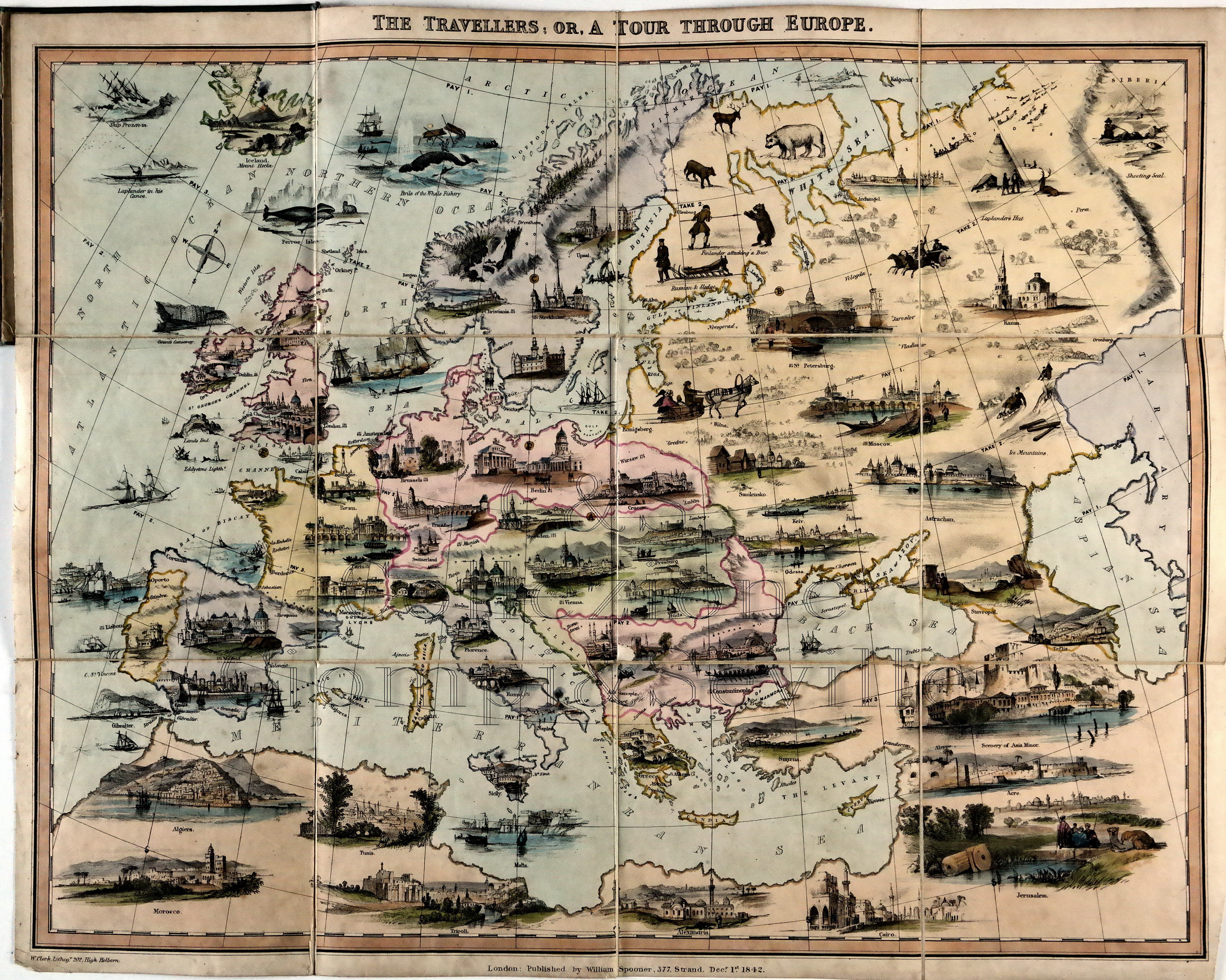 |
Versione stampabile
 |
Invia una segnalazione

|
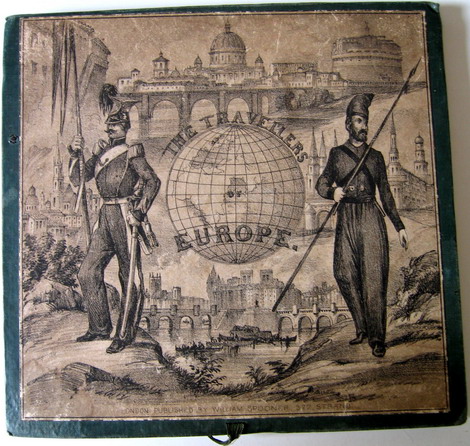 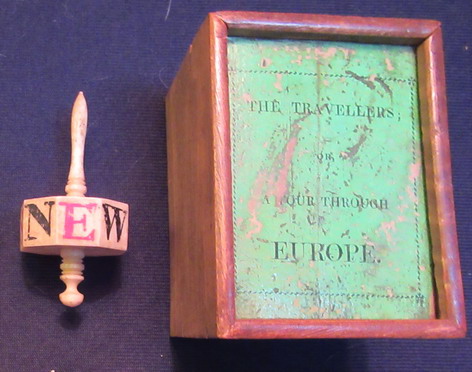 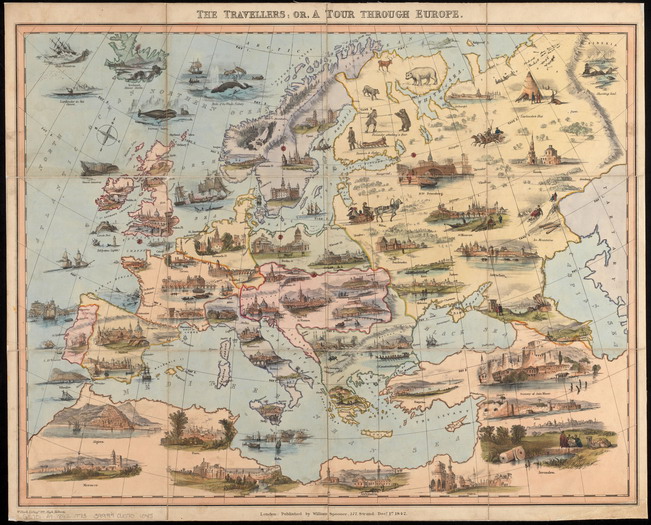 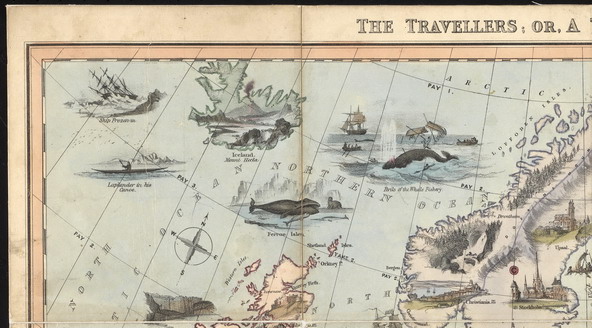 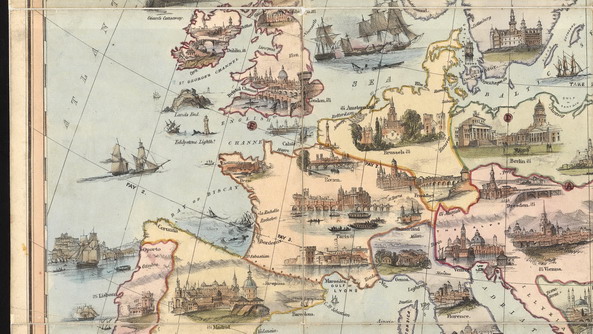 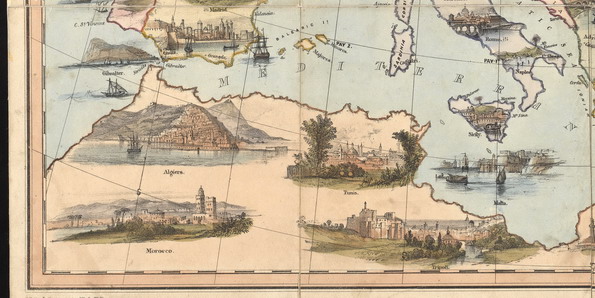 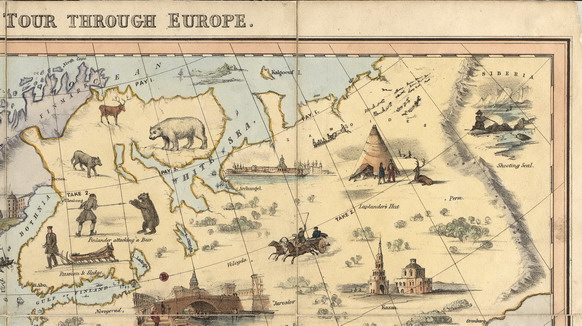  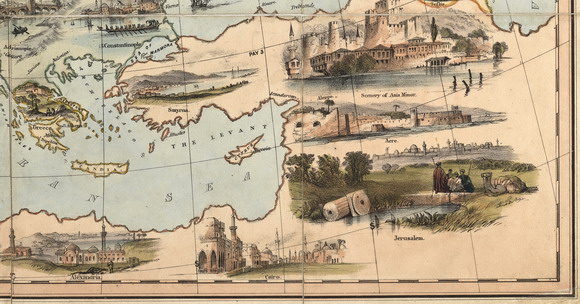 |
primo autore: | Non indicato |
| secondo autore: | Spooner William | |
| anno: | 1842 | |
| luogo: |
Inghilterra-Londra |
|
| periodo: | XIX secolo (2°/4) | |
| percorso: | Percorso di | |
| materiale: | carta incollata su tela (engraving on paper with linen backing) | |
| dimensioni: | 505X630 | |
| stampa: | Litografia colorata | |
| luogo acquisto: | ||
| data acquisto: | ||
| dimensioni confezione: | ||
| numero caselle: | 0 | |
| categoria: | Viaggi, escursioni, località, musei, monumenti, turismo | |
| tipo di gioco: | Gioco di percorso | |
| editore: | Published by William Spooner, 377 Strand | |
| stampatore: | W. Clerk, Lithogr. 202 High Holborn | |
| proprietario: | Collezione A. Seville | |
| autore delle foto: | A. Seville | |
| numero di catalogo: | 906 | |
| descrizione: |
Gioco di percorso geografico. REGOLE: non riportate sul tavoliere. CASELLE: mute. REFERENZA 1 WHITEHOUSE, Francis Reginald Beaman, (pag. 18): THE TRAVELLERS or a Tour through Europe. London. Published by William Spooner, 377 Strand, December 1- 1842. W. Clerk, Lithogr. 202 High Holborn. An aquatint of Europe in soft colours, each country being filled in with views in perspective, e.g. views of Florence, St. Petersburg, sketches of a Russian and Sledge, Perils of the Whale Fishery, etc. Starting-places are marked at the south of the map, players moving north, south, east or west as shown by the totum, paying to, or receiving from, the pool when they come to a place on the board so marked. Size 25 in X 19 ¾ in, cut into 12 sections, mounted on linen and folded into hinged boards with picture label on front entitled “The Travellers of Europe, Published by William Spooner, 377 Strand". REFERENZA 2 "The Travellers or A Tour Through Europe 1842. Designed by William Spooner, the players in this game race from separate starting cities to designated destination cities. Certain spaces on the board require the player to pay or collect tokens from a pool. The first player to reach his destination takes all of the tokens from the pool." (in: Bibliodyssey) REFERENZA 3 A genuine innovation, rather than a modification of earlier cartographic games, was William Spooner’s The Travellers, or a Tour through Europe, published in 1842.33 Here, the map is a delicately coloured lithograph of Europe, each country being filled in with perspective views, with labels such as ‘Perils of the Whale Factory’. Instead of proceeding along a defined track, lines of latitude and longitude are shown and the game is to be played on the intersections of these lines. Movement of each player’s marker is determined by the spin of an eight-sided teetotum (figure 9a) bearing the letters N E S W (two of each) for the points of the compass, to give the direction in which the marker is to be moved, as far as the next intersection Each player begins from a different starting point and is required to journey to a specified capital city, e.g. the player who starts from Jerusalem must reach Vienna, while from Cairo the aim is to reach St Petersburg, etc. A city is reached by reaching either adjacent point on the same line as the letter denoting that city. Some moves require a player to pay or take from the pool – a player who loses all his initial 20 counters (‘his expenses for the journey’) must leave the game. A traveller who reaches any capital city (marked by three daggers on the map) must announce the name of the country of which it is capital, or pay a fine of two counters. The first player to reach his or her specified city wins the pool. Like the Game of the Goose, it is a game of pure chance, with no skill and no choice of moves. However, unlike that game, it is a two-dimensional random walk, rather than a one-dimensional progress. A serious drawback of the game is that the player is just as likely to move away from the destination as towards it. Chance will ensure that a destination is eventually reached but the process is frustrating. In later games on the same principle, Spooner modified the teetotum to allow a small element of choice: some of its faces were marked with two different directional letters, and the player could choose which to follow. [Adrian Seville, Cultural Legacy p. 180, modified] REFERENZA 4 A pictorial map of Europe used as a game board. Up to 5 players, playing as European travellers, start from designated cities in Africa or on the shore of the Mediterranean and return to the capital of their home country. A totum marked with N, E, S and W is spun and a player moves along the lines of latitude and longitude in the direction indicated. Players earn and lose tokens while traveling. The first player to reach their home capital wins the game. (©Boston Public Library - Norman B. Leventhal Map Center Collection) Exhibitions: |
|
| bibliografia: |
1) WHITEHAUSE, F.R.B.: "Table Games of Georgian and Victorian Days", London, Peter Garnett, 1951. 2) GOODFELLOW, Caroline: "A Collector's Guide to Games and Puzzles". Secaucus, New Jersey, Chartwell Books-London, Quintet Publishing Limited 1991. 3) GOODFELLOW, Caroline: "The Development of the English Board Game, 1770-1850", in Board Games Studies 1, 1998. 4) GOODFELLOW, Caroline: "Jeux de société. Le guide du collectionneur des jeux de société depuis le XVIIIe siècle jusqu’à nos jours", (Edizione francese) Carrousel MS, 2001. 5) SEVILLE, Adrian: "The Game of Goose: and its influence on cartographical race games" Journal of the International Map Collectors' Society, Winter 2008 N°115 2008. 6) SEVILLE, Adrian: "The geographical Jeux de l'Oie of Europe." In "Belgeo" 2008 3-4 2008. 7) GOODFELLOW, Caroline: "How We Played: Games From Childhood Past", History Press, 2012. 8) QUINN, Brian - CARTWRIGHT, William: "Geographic Board Games". Geospatial Science Research 3. School of Mathematical and Geospatial Science, RMIT University, Australia. December 2014. 9) SEVILLE, Adrian: "The Royal Game of the Goose four hundred years of printed Board Games". Catalogue of an Exhibition at the Grolier Club, February 23 - May 14, 2016. 10) LIMAN, Ellen: "Georgian and Victorian Board Games: The Liman Collection", Pointed Leaf Press, 2017. 11) NORCIA, Megan A.: "Gaming Empire in Children's British Board Games, 1836-1860". Studies in Childhood, 1700 to the Present. Routledge, 2019. 12) SEVILLE, Adrian: "The Cultural Legacy of the Royal Game of the Goose. 400 years of Printed Board Games". Amsterdam University Press, 2019. |
|
| "The Development of the English Board Game, 1770-1850" (Caroline G. Goodfellow) | ||
| Geographical Games. "Table Games of Georgian and Victorian Days". (Francis Reginald Beaman, Whitehause) | ||
Vai alla ricerca giochi Vai all'elenco autori